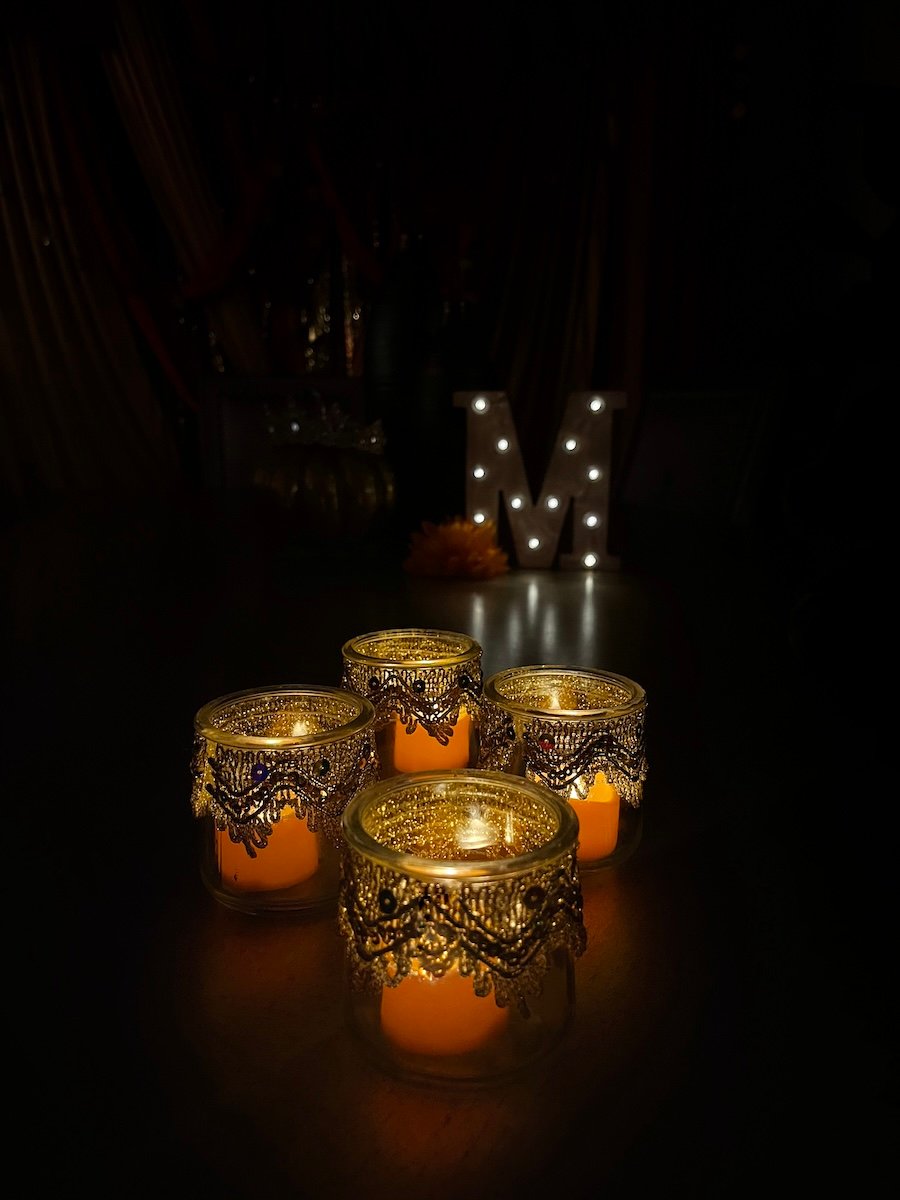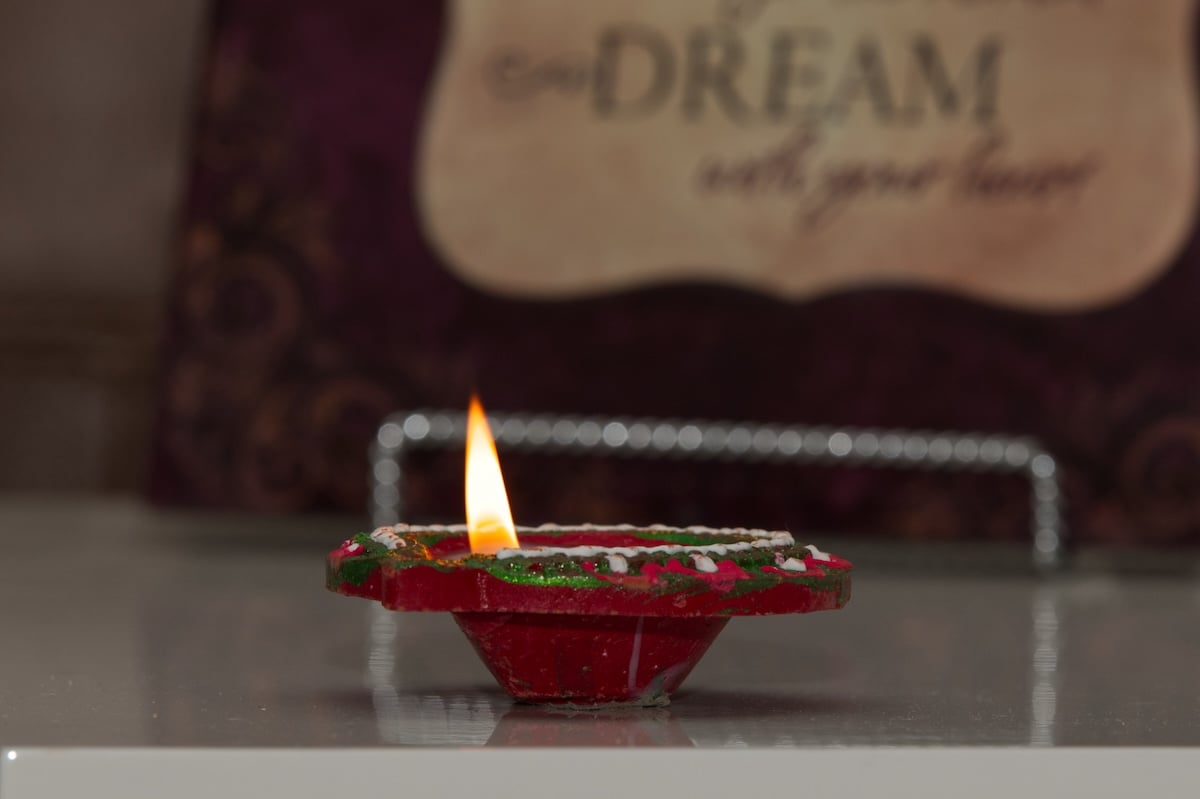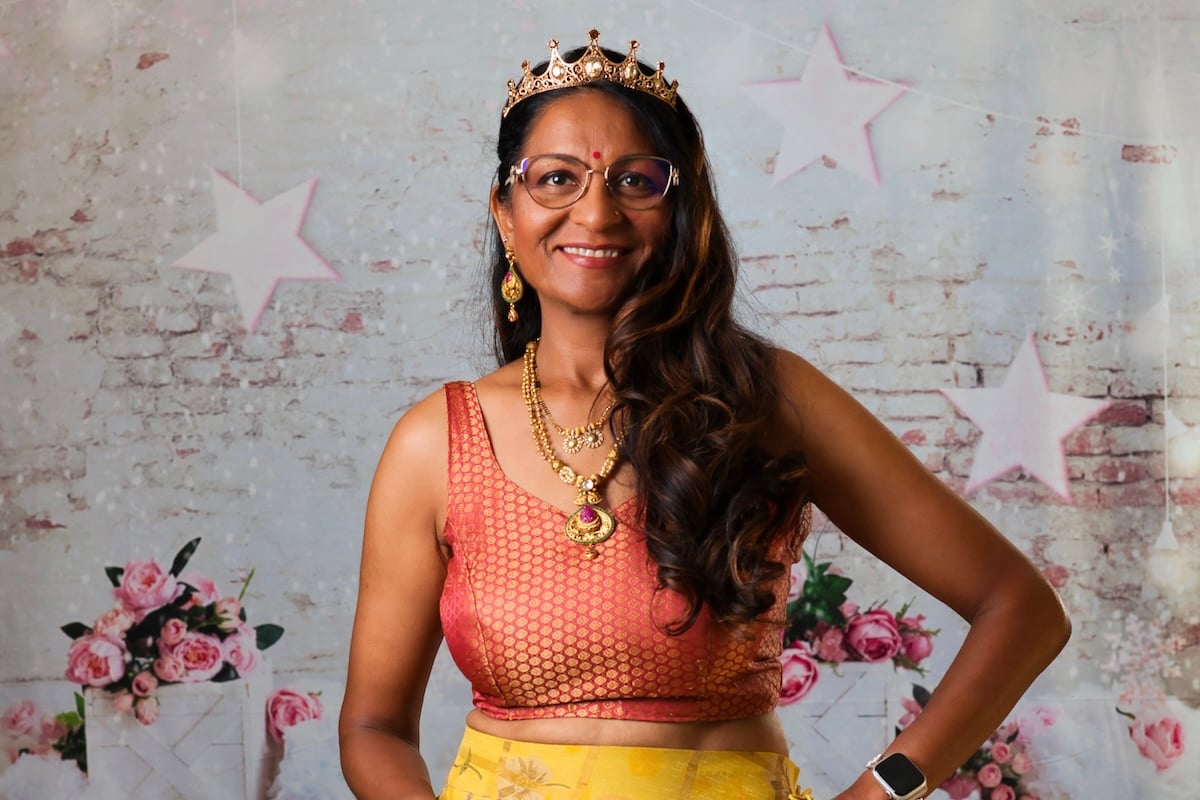In 2024, Diwali falls on October 31st, a new moon day or Amavasya. The festival of Diwali is celebrated according to the lunar calendar, hence the dates are different each year and usually fall in October or November.
Diwali also called Deepavali is the Hindu ‘festival of lights’, with variations celebrated in other Indian religions. It symbolizes the spiritual victory of light over darkness, good over evil, and clarity over ignorance. In other words, Deepavali is about celebrating that possibility in human life.
Many Hindus observe Diwali by lighting small oil lamps known as ‘diyas’ in honor of Lakshmi, the goddess of wealth and good fortune. The lamps symbolize the triumph of light over darkness and evil.
 |
Diwali is connected to various religious events, deities, and personalities, such as the day Rama returned to his kingdom in Ayodhya after 14 years in the forest, with his wife Sita and his brother Lakshmana after defeating the demon king Ravana. It is also widely associated with Lakshmi, the goddess of prosperity, and Ganesha the god of wisdom and the remover of obstacles.
Another common legend across its country is Naraka Chaturdashi – this is the day that Krishna vanquished Narakasura. Narakasura was not his original name, but he gave everyone hell, so they called him Narakasura. Narak means hell; one who is causing hell to everyone is a Narakasura. When this “causing of hell” was brought to an end, Krishna people celebrated by lighting lamps in every home.
The Narakasura event supposedly happened much later, but the culture and tradition of lighting lamps around this time go back twelve to fifteen thousand years. People realized that life hits a point of inertia at this time of the year. That is why from around four o’clock in the morning, all over the country, crackers are burst, so everyone wakes up and comes alive!
 |
Whatever the legend is, the simple thing is that human beings feel light when a certain clarity arises within themselves. So essentially, Deepavali is a symbol of victory for clarity over ignorance. Ignorance has always been referred to as darkness, and clarity as light. For the human visual apparatus, darkness does not bring clarity, light brings clarity. So, we symbolize light as clarity, as our ability to see, our ability to perceive. Our ability to enhance our lives is dependent upon light. So hence, Deepavali is very, very important.
One reason why light is so significant in human life is the way our visual apparatus is made. For other creatures, light simply means survival. But for a human being, light is not just about seeing or not seeing. The rising of light in our life signifies a new beginning and, above all, clarity with confidence.
While the word guru means ‘gu’ and ‘ru’ – ‘gu’ is darkness, ‘ru’ is the dispeller. One who dispels your darkness is a guru. All spiritual terminology has something to do with light because clarity and light are related in our perception.
Trade and merchant families and others also offer prayers to Saraswati, who embodies music, literature, and learning, and Kubera, who symbolizes book-keeping, treasury, and wealth management. In western states such as Gujarat, and certain northern Hindu communities of India, the festival of Diwali signifies the start of a new year.
Mythical tales shared on Diwali vary widely depending on region and even within the Hindu tradition, yet all share a common focus on righteousness, self-inquiry, and the importance of knowledge, which, according to Lindsey Harlan, an Indologist, and scholar of Religious Studies, is the path to overcoming the "darkness of ignorance". The telling of these myths are reminiscent of the Hindu belief that good ultimately triumphs over evil.
Life is a celebration in the Indian culture, there was a time when there used to be a festival every day of the year – 365 festivals in a year! The idea behind this was to make our whole life into a celebration. Today, maybe only thirty or forty festivals remain, and usually around eight to ten festivals are celebrated annually.
While Diwali is rooted in religious tradition, the festival has become a secular holiday in India and other countries, with it being a major cultural event to celebrate!
The five-day celebration is observed every year in early autumn after the conclusion of the summer harvest. It coincides with the new moon and is deemed the darkest night of the Hindu lunisolar calendar.
The first day of Diwali is called Dhanteras. On this day, it is a tradition to clean the family home. Many people also purchase items made from gold on this day. Those of the Hindu faith may also choose to honor Lakshmi, the goddess of wealth and fortune.
Choti Diwali is the second day of the festival. This is a time for families to decorate their homes. Many prepare clay lamps and set them out. They may also create a rangoli, which is a colorful arrangement of sand or powder.
The third day of Diwali is Lakshmi Puja. It is the main day of the festival, when clay lamps, candles, and fireworks are common sights throughout India. People who observe Hinduism also ask for blessings from the goddess Lakshmi on this day. Most celebrations include a feast as well.
 |
On day four, or Goverdhan Puja, people visit with friends and relatives. It’s common to trade gifts. In the Hindu tradition, this is also the first day of the new year.
Finally, Bhai Dooj is the fifth day of Diwali. It is a celebration of the special bond that exists between siblings. Traditionally, adult brothers visit their sisters’ homes on this day, often bringing gifts. The sisters, in turn, may prepare a feast and pray for their brothers’ protection and well-being.
While feasting with family enjoying plenty of sweet treats, one popular delicacy is kaju katli, a fudge-like sweet made with ground cashews and sugar, and sometimes flavored with a touch of rose water. Another popular treat in northern India is besan burfi, another kind of fudge-like bar made from flour, sugar and cardamom and sprinkled with almonds or pistachios. Jalebi, a kind of sweet fried bread, is also a popular choice. Basically, it isn’t Diwali without dessert!
The festival is an annual homecoming and bonding period not only for families, but also for communities and associations, particularly those in urban areas, that organize activities, events, and gatherings. Many towns organize community parades and fairs with parades or music and dance performances in parks. Some Hindus, Jains, and Sikhs will send Diwali greeting cards to family near and far during the festive season, occasionally with boxes of Indian confectionery. Another aspect of the festival is remembering the ancestors.
On this Diwali day, I wish all of you the best that you can have in terms of your life’s experience, and above all, let there be new light in your life!
 | This article was contributed by a local Southpointe mother, born and raised in South India in a family of 5. Malathi is packed with love and positive vibes, and is the owner of Mala Photography. |



